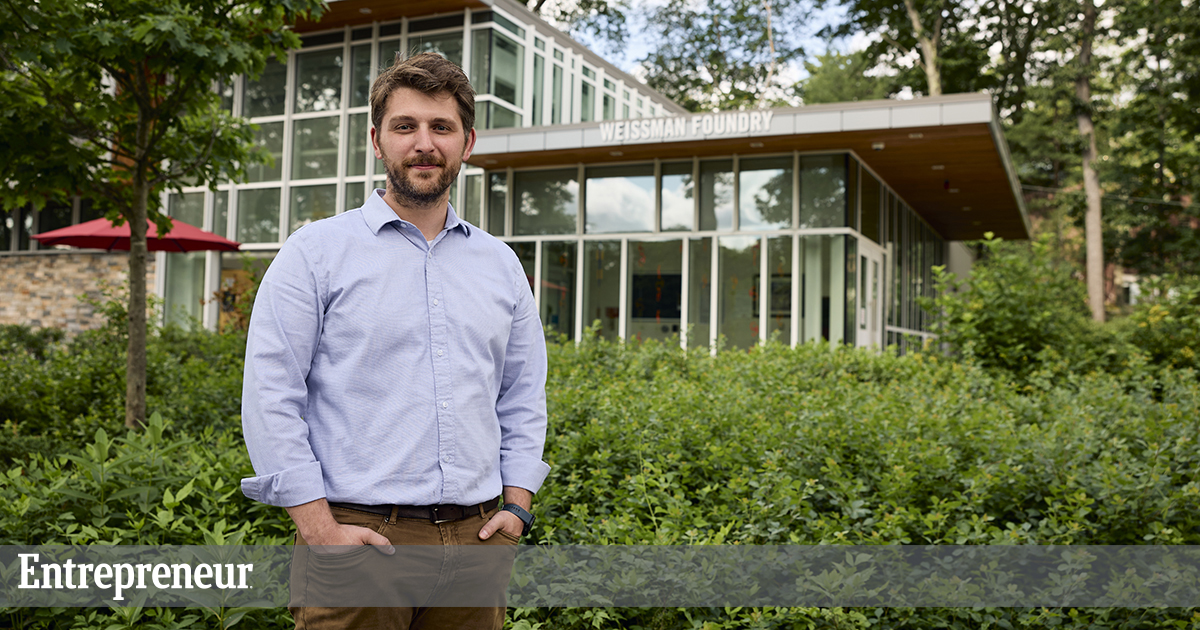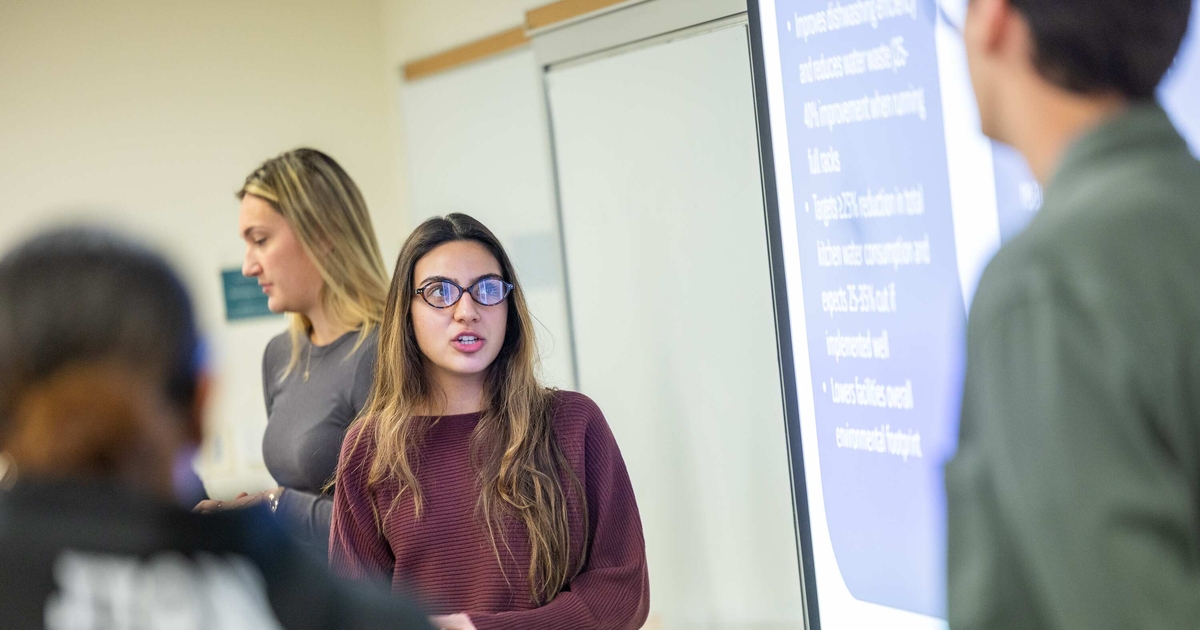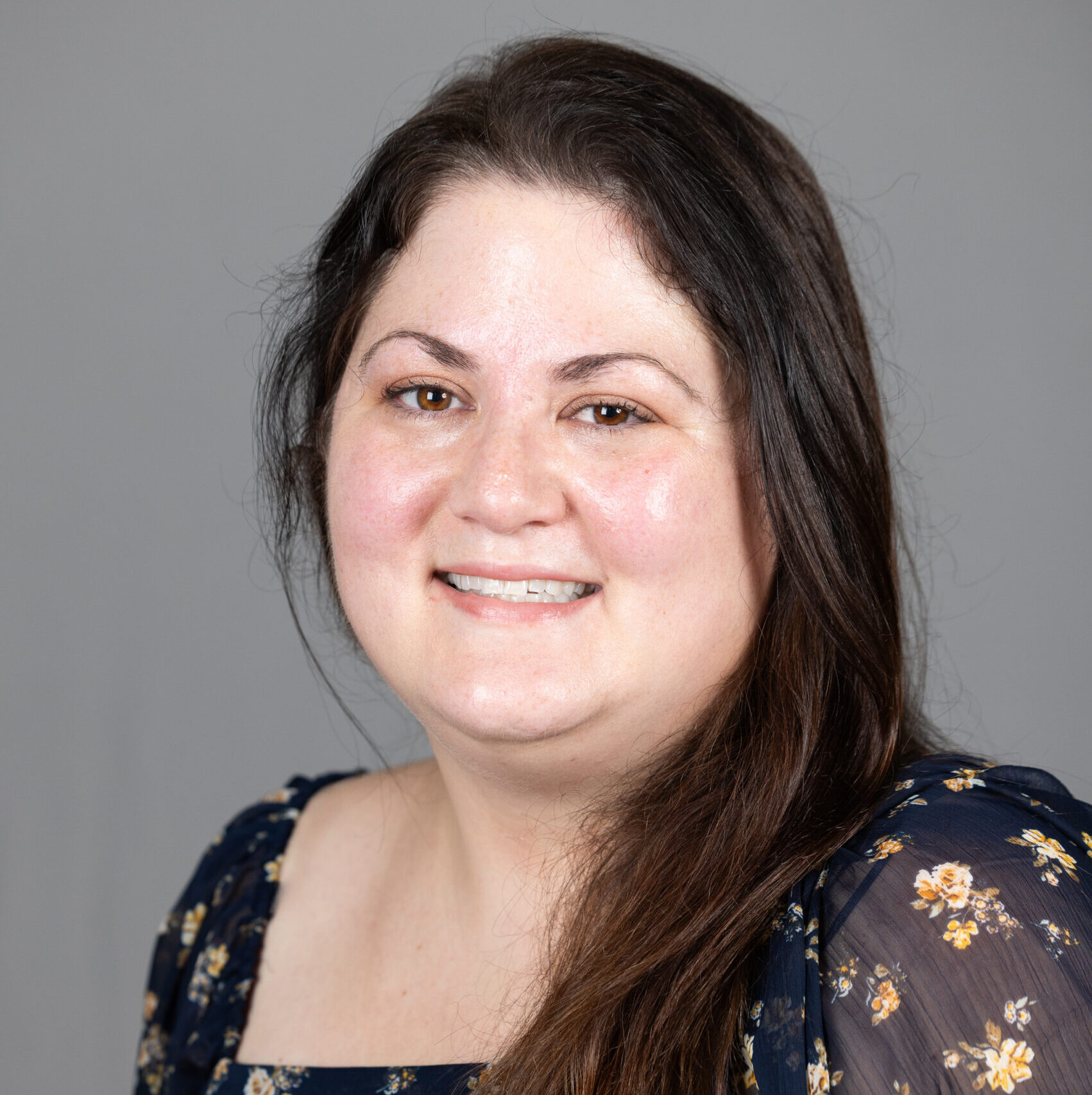How to Prototype: Try These 4 Simple Tips to Turn Blank Pages into Blueprints

One of the most daunting things you can do as an entrepreneur is stare at a blank piece of paper. It’s also, however, the most important.
Taking time to visualize your product and its various use cases allows you to see how your idea can go from a concept to a viable product. Specifically, it’s vital, especially at the beginning phases of your venture, to take time to prototype your product.
Editor’s note: This article first appeared in Entrepreneur magazine.
It goes beyond drawing. Playing with materials such as paper and cardboard to build a physical representation of your product, whether you’re building for the physical or digital world, allows you to go into the next phase with a real plan. It allows you to test out ideas, receive feedback and retool your design, all before you start coding or reaching for the real materials.
As the director of the Weissman Foundry at Babson College, I help aspiring entrepreneurs and business students bring their ideas to fruition through creative and practical applications. I run our renowned makerspace on campus, a resource for our business students to bring their ideas to life. I like to remind students to not think of prototyping as a rote process; rather, it’s the impetus for an ephemeral idea becoming reality.
Is a blank page ahead of you? Here’s how to turn it into something useful in the prototyping process.
Brainstorm Freely
It’s simple advice, but that’s because it works. Start by getting it all out—on paper, that is. Jot down all the things that come to mind when you think of your product. My preferred method of brainstorming is sketch noting, which uses words, drawings, doodles and symbols to express ideas. Find the method that allows you to feel uninhibited and gets your thoughts out in a way you can then internalize.
I recently taught a session in an entrepreneurship program for high school students about designing and building digital apps. Before the students started building prototypes with paper and scissors, I emphasized the importance of carving out time to really think about your idea. This process ensures that from the beginning, you are keeping your target customer at the forefront.
Then Add Structure
In the brainstorming process, you can touch on topics from aesthetics to function to features to target audiences. When you start listing everything you know about your product, you start to notice what you haven’t considered. Once you’ve spent a fair amount of time brainstorming, you can start categorizing your ideas and refine them.
You want to get to a point where you’re thinking about how you are going to use your product. I recommend thinking of your product as part of a narrative. How does your product fit into your day? Your commute? Your workday? During mealtime or before bed? Do your kids or spouse use it? Would you use it while traveling?
Additionally, what story do you want to tell? Many of my students want to tell the story of sustainability through their products, for example. How does the design inform that? This narrative prompt also helps you define what problem you’re trying to solve.
Keep Your Tools Simple
Advanced tools, such as 3-D printers, vector editors and coding software, will come into play at some point. But why waste your time and money at the beginning when office supplies are cheaper and more accessible? It’s far easier to shuffle paper together than to try it in a coding tool.
Start with office supplies. Things like rubber bands, index cards and paper clips are durable and versatile, and they force you to be creative. You can share them easily with collaborators instead of working on separate files. The best part is: You’ve been using these tools since elementary school, so there’s no learning curve. They give you the gift of time.
When guiding students through their app idea brainstorming session, I had them start literally visualizing how the app looks on a piece of paper, whether vertical to represent a phone or horizontal for another screen. This step eliminates distractions and you don’t waste time intricately designing a product you later learn doesn’t work or your customers don’t like.
Consider Feedback Your Best Friend
It’s easy to get stuck building a product for yourself when you’re really building one for your customers. You want to think outside of your demographic. The most powerful tool you have as an entrepreneur is knowledge on what someone dislikes and likes and why. The best feedback is honest, specific, kind and in service of the product. When I have a product idea that’s ready for this stage, I ask for feedback from my friends in different industries beyond education, including real estate and finance.
To collect feedback on your prototype, share it with members of your inner circle and solicit feedback from online communities such as Discord, Reddit and other social media platforms. Having a physical prototype that you made affordably with paper materials is easy to share and easy to refine once you receive feedback. You can also make multiple.
Even if the feedback is from audiences outside your target, it will all help inform your product design. Having an analog, physical version of your product helps you make it more universal, expand audiences and learn more about your use space, all at a low cost.
Jonathan Griffiths is the director of the Weissman Foundry at Babson College, a transformative cross-college initiative and makerspace.
Posted in Insights





